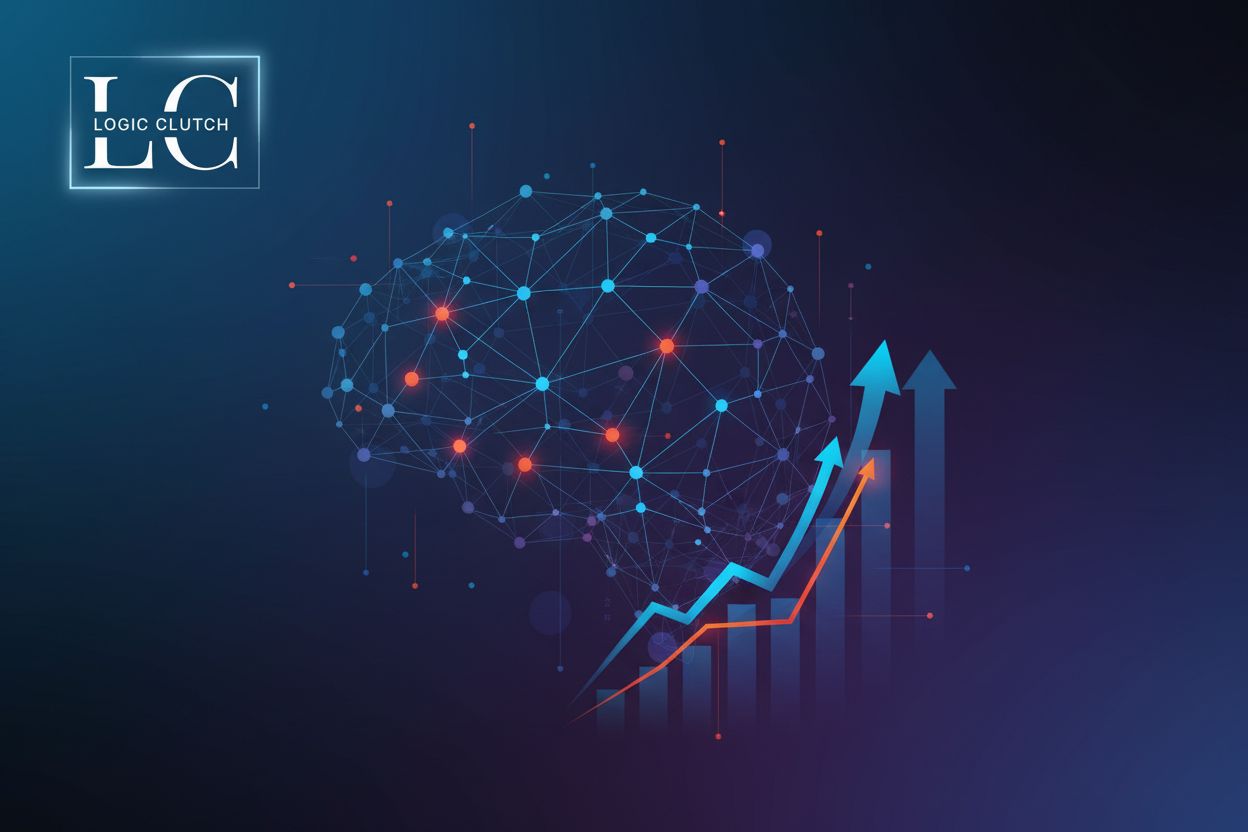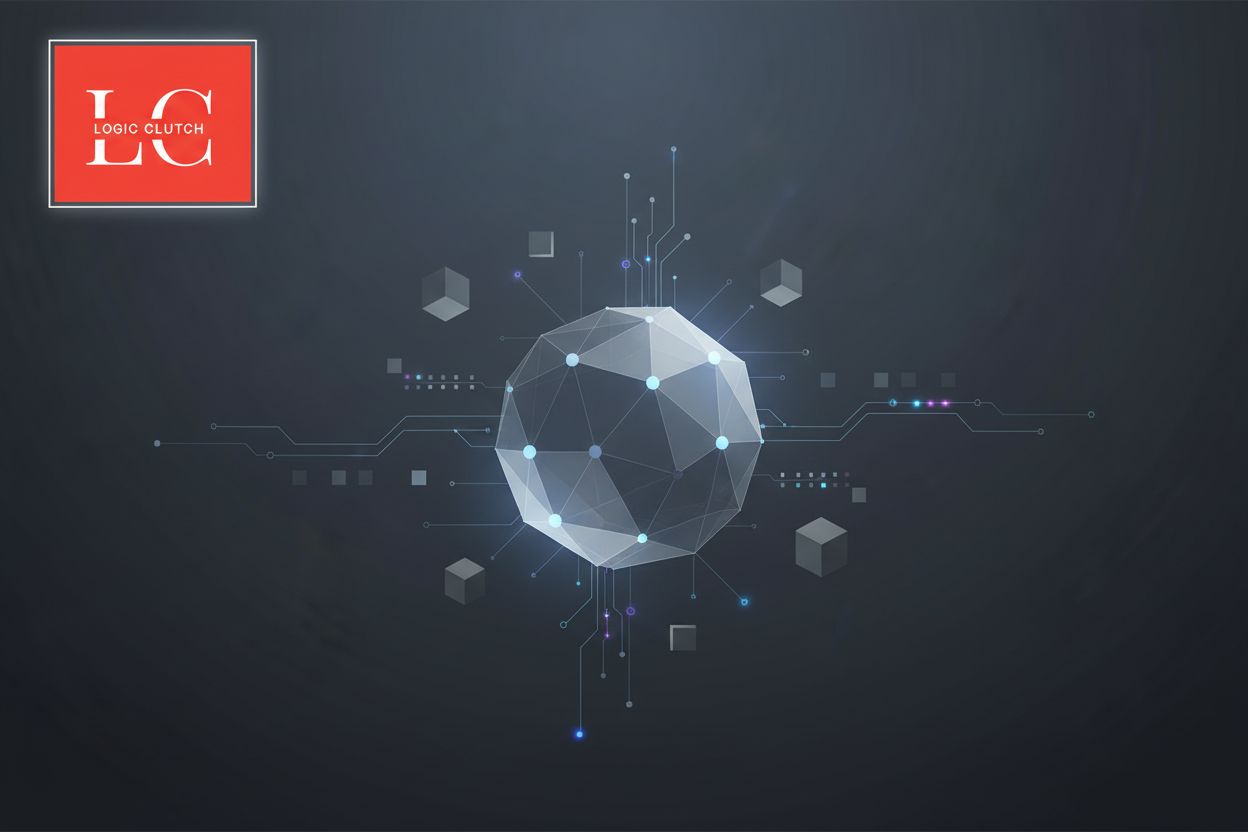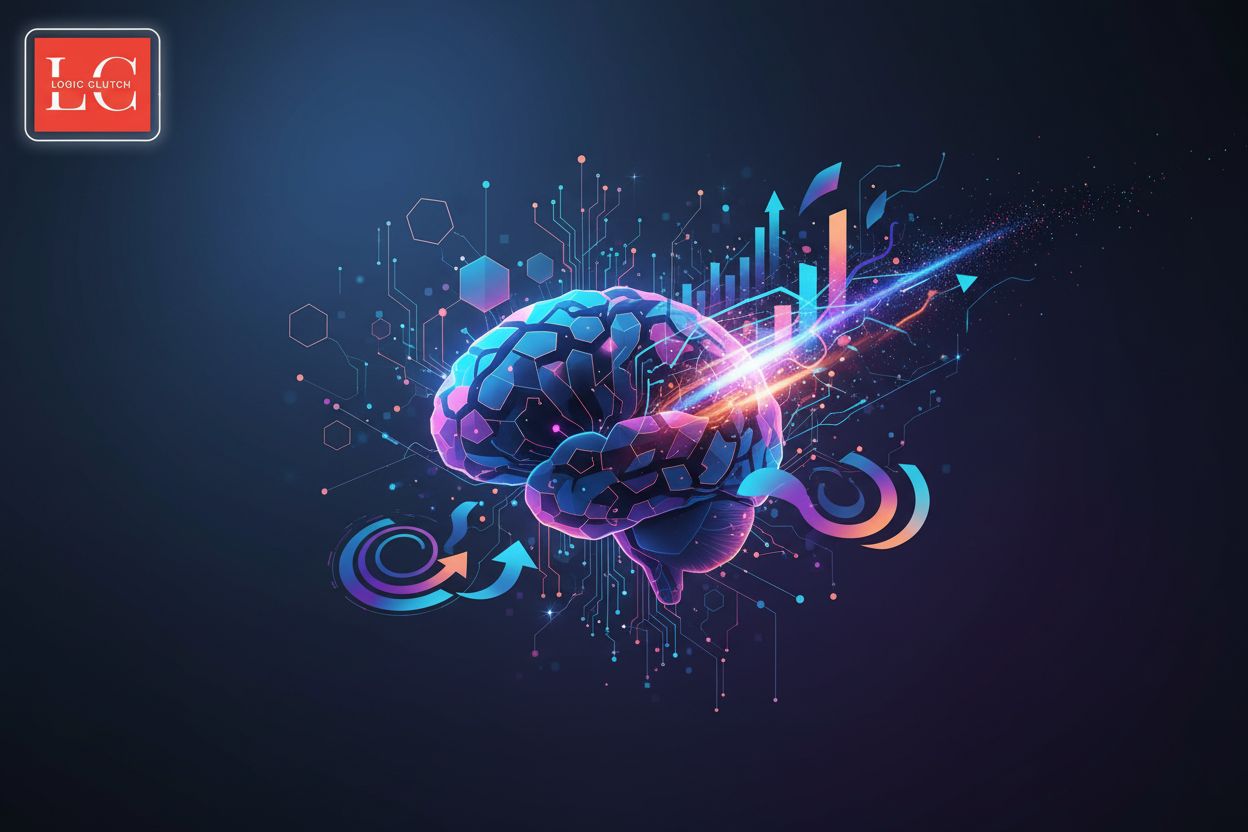Unlocking Efficiency: How AI-Driven Algorithm Optimization is Revolutionizing Business
TL;DR
The Rise of AI in Algorithm Optimization
AI is rapidly transforming how businesses optimize their algorithms, leading to unprecedented efficiency. But what exactly does this mean for organizations?
AI-driven algorithm optimization uses artificial intelligence and machine learning to automatically improve the performance of algorithms. Instead of relying on manual tuning, AI can analyze data and adjust algorithms for optimal results. This brings improvements in speed, accuracy, and adaptability.
Traditional optimization methods often require significant manual effort and expertise. AI enhances these methods by automating the process of finding the best parameters. For example, genetic algorithms can be used to explore a wide range of potential solutions, as noted in a 2023 study, and machine learning models can predict the performance of different algorithm configurations.
- Speed: AI can analyze data and optimize algorithms much faster than humans.
- Accuracy: AI can identify subtle patterns and relationships in data, leading to more accurate optimizations.
- Adaptability: AI can continuously monitor and adjust algorithms in response to changing conditions.
This increased efficiency and precision marks only the beginning. Next, we'll explore the convergence of key trends that have made this rise possible.
Types of AI Optimization Algorithms: A Practical Overview
AI optimization algorithms are the secret weapon behind smarter business decisions. These algorithms help companies solve complex problems, improve efficiency, and drive innovation.
At its core, AI optimization uses artificial intelligence to find the best possible solution from a set of options. These algorithms can maximize profits, minimize costs, or improve resource allocation, depending on the business needs. Think of it as a smart assistant that automatically figures out the most efficient path to your goals.
AI optimization algorithms work by:
- Defining the problem: Clearly stating what you want to achieve and any limitations.
- Exploring solutions: Using AI to analyze many possible options.
- Evaluating results: Measuring how well each solution performs.
- Refining and repeating: Continuously improving the solution until the best one is found.
Many organizations use AI optimization for tasks such as:
- Supply chain management: Optimizing routes and inventory levels to reduce costs.
- Marketing campaigns: Allocating ad budgets to maximize return on investment.
- Financial trading: Making quick decisions to capitalize on market opportunities.
As AI technology continues to advance, optimization algorithms will become even more powerful and accessible. This means businesses of all sizes can leverage AI to improve their operations.
Next, we'll explore the different types of AI optimization algorithms available.
Real-World Applications and Case Studies
AI-driven algorithm optimization isn't just theoretical; it's delivering tangible results across industries. Let's explore how businesses are leveraging these advanced techniques in real-world scenarios.
AI excels at optimizing complex logistics. You can use AI to analyze vast datasets, predict demand, and dynamically adjust routes. The goal is to minimize delivery times and reduce transportation costs.
- AI algorithms optimize routes and schedules to reduce fuel consumption and delivery times.
- Inventory optimization ensures the right products are in the right place at the right time.
- Predictive maintenance minimizes downtime and maximizes equipment lifespan.
Beyond logistics, AI also enhances energy management. AI algorithms can analyze energy usage patterns and adjust building systems in real time. This leads to significant cost savings and a reduced environmental footprint.
AI algorithms create adaptive learning paths and resource allocation. As noted in a 2025 study, AI enhances higher education management and teaching.
AI optimization algorithms are transforming how businesses operate. Next, we will explore the benefits.
Challenges and Considerations for Implementation
Implementing AI optimization? Data quality is key. Algorithms need clean, relevant data to work well. However, several challenges emerge.
- Data collection is a must. Gather enough data to train your AI.
- Preprocessing readies data. Clean and format it for the algorithms.
- Limited datasets can hurt results. Insufficient data impacts reliability.
AI algorithms can reflect bias from training data. This raises ethical issues.
- Identify biases. Check algorithms for unfair outcomes.
- Ensure fairness. Promote responsible and transparent AI use.
- Lack of transparency can erode trust. Openness builds confidence.
Integrating AI can be complex. Legacy systems may not be compatible.
- Legacy challenges arise. Older systems struggle with AI.
- Seamless strategies are needed. Plan for smooth integration.
- System complexity requires careful planning. Proper integration is essential.
Next, we explore the benefits.
The Future of AI-Driven Optimization
AI-driven optimization continues to evolve, promising even greater efficiency. Let's explore emerging trends and the evolving role of humans.
Hybrid AI combines algorithms for better results. Enhanced building energy benchmarking uses AI to improve data-driven models.
Explainable AI (XAI) increases transparency. This helps users understand how AI arrives at specific optimizations.
Edge computing enables real-time optimization. Data is processed closer to the source, reducing latency.
Human oversight remains crucial. Human insight ensures ethical and practical AI application.
Upskilling and reskilling prepare the workforce. People will manage and refine AI-driven processes.
AI-driven optimization is here to stay. Businesses can unlock new levels of efficiency.





